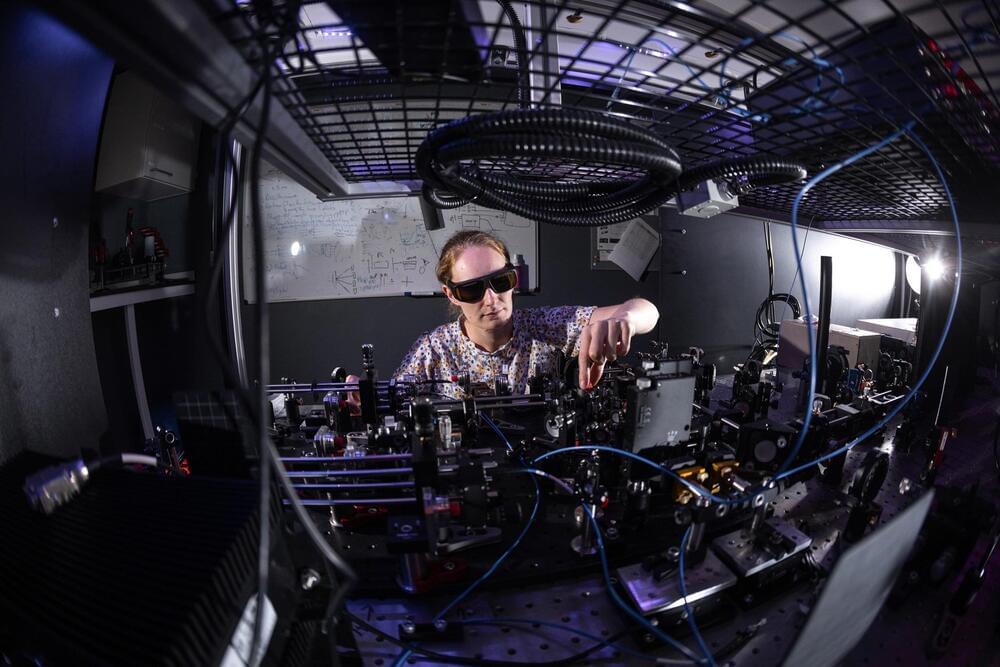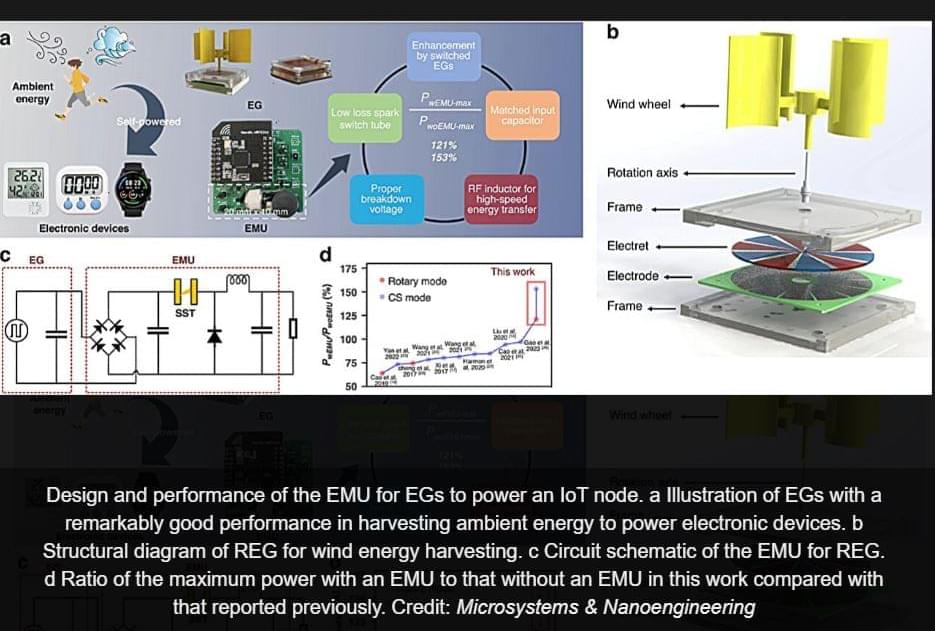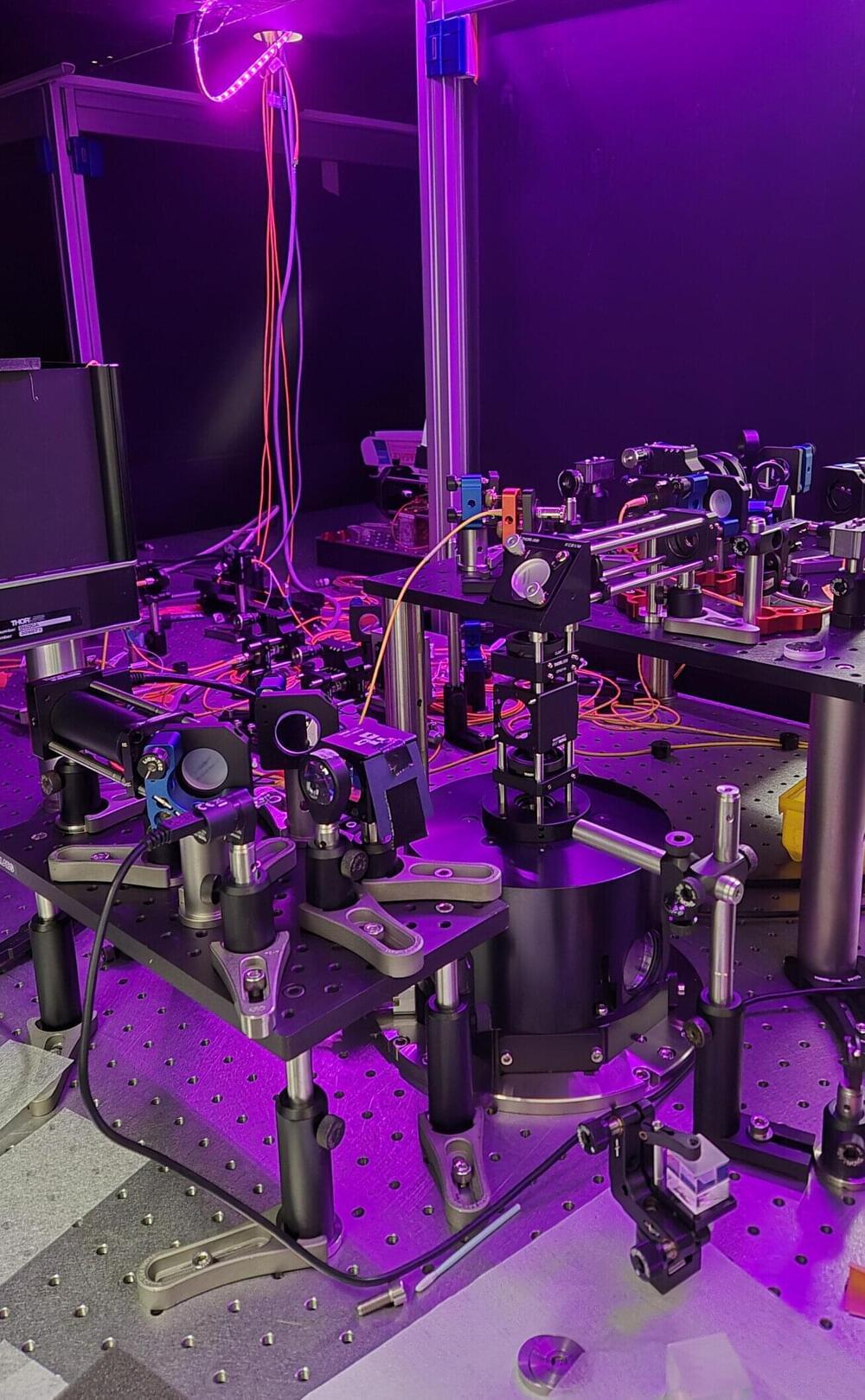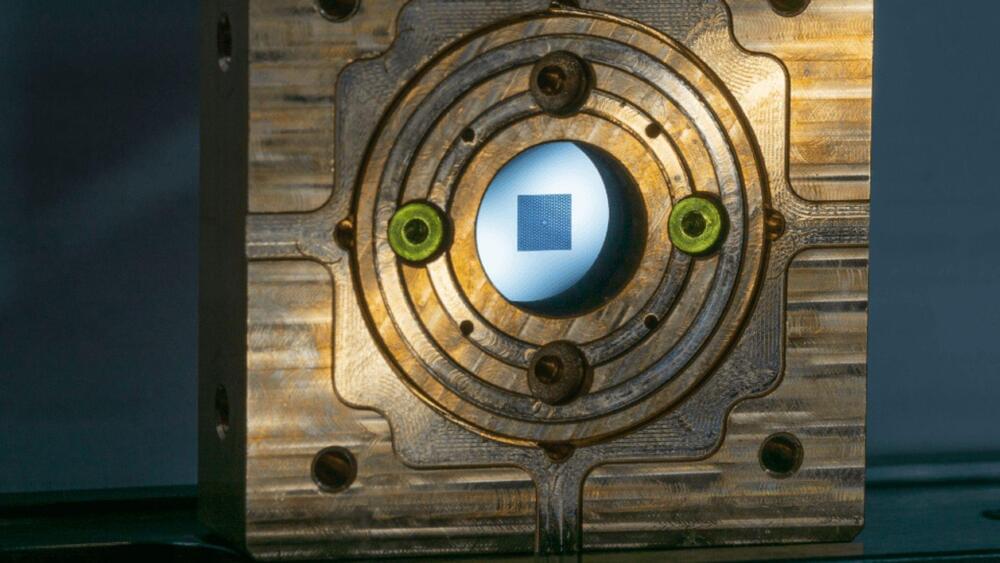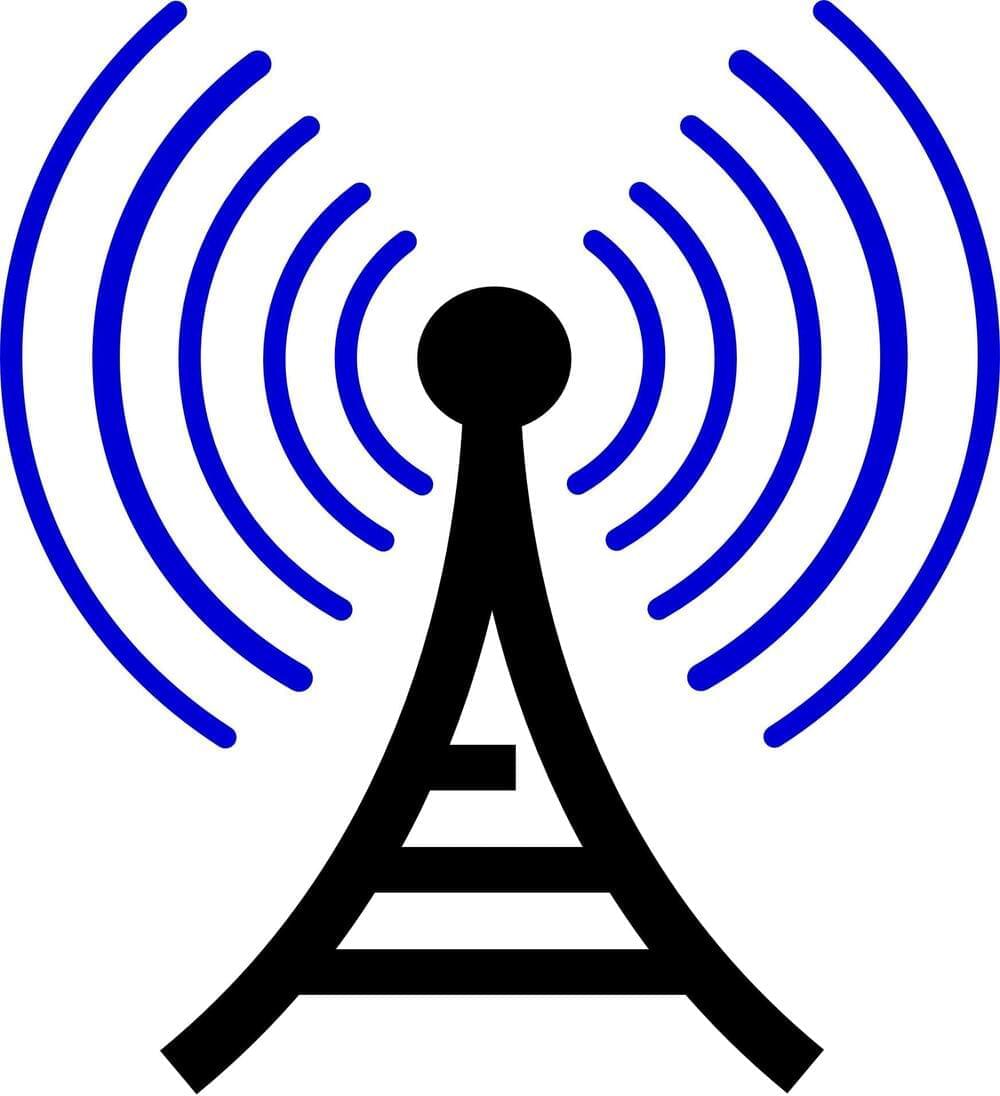On November 30, 2022, Silicon Valley-based company OpenAI launched its artificial-intelligence-powered chatbot, ChatGPT. Overnight, AI transformed in the popular imagination from a science fiction trope to something anyone with an internet connection could try. ChatGPT was free to use, and it responded to typed prompts naturally enough to seem almost human. After the launch of the chatbot, worldwide Google searches for the term “AI” began a steep climb that still does not seem to have reached its peak.
Physicists were some of the earliest developers and adopters of technologies now welcomed under the wide umbrella term “AI.” Particle physicists and astrophysicists, with their enormous collections of data and the need to efficiently analyze it, are just the sort of people who benefit from the automation AI provides.
So we at Symmetry, an online magazine about particle physics and astrophysics, decided to explore the topic and publish a series on artificial intelligence. We looked at the many forms AI has taken; the ways the technology has helped shape the science (and vice versa); and the ways scientists use AI to advance experimental and theoretical physics, to improve the operation of particle accelerators and telescopes, and to train the next generation of physics students. You can expect to see the result of that exploration here in the coming weeks.

